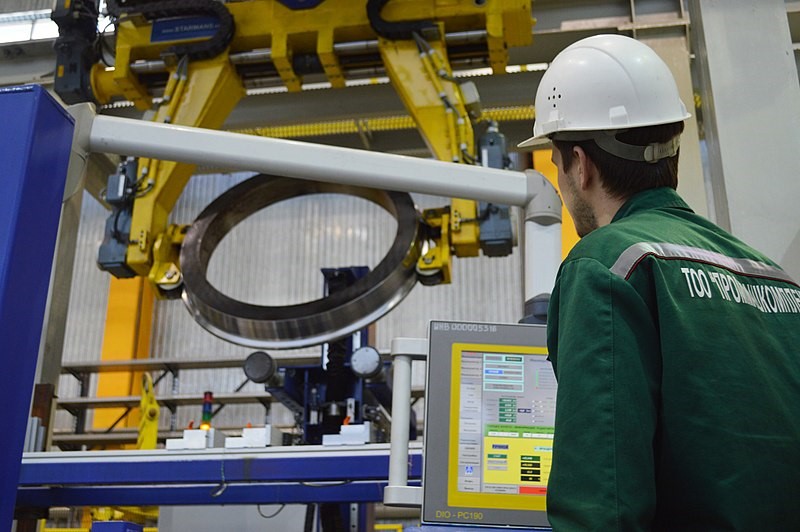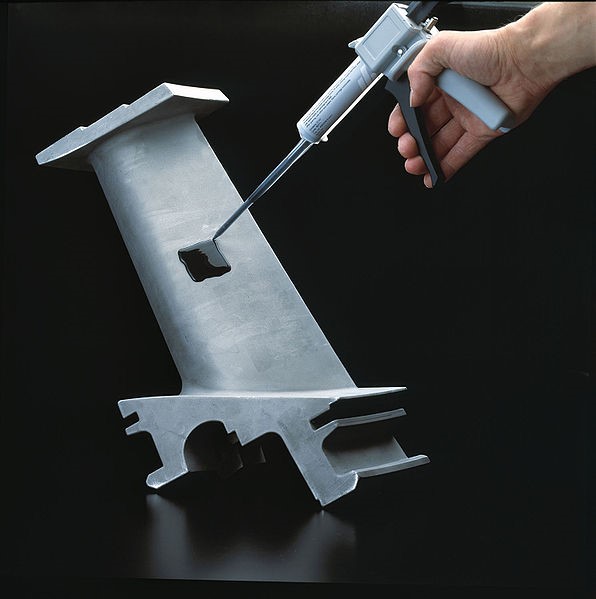Nondestructive Testing, or NDT for short, is the process of testing, evaluating or inspecting materials, assemblies or components for a range of imperfections. These could include areas of discontinuity or unlikely characteristics that could compromise the safe and effective functioning of both the component and the product into which it will go. The key point behind NDT is that the component tested is safe to use following the testing, which sets it apart from many other, more invasive and destructive forms of testing.

NDT can therefore be carried out on each piece that moves from an assembly line, rather than the sampling that may occur with more destructive test methods, which result in the items being tested never actually being put into service.
Ice to the rescue
Research into NDT at the University of Cincinnati has found that ice could be used to help with certain types of testing, especially ultrasound testing of metal parts 3D printed for use in a range of applications. The ice helps because without it, ultrasound waves can bounce off the various curves and angles of the component, making the test inaccurate. The ice acts as a coupling medium to allow ultrasound waves to move without impediment.

Following NDT, a range of surface treatments are available to help with the manufacturing process. For more information on these treatment options, visit https://www.poeton.co.uk/treatments.
Types of NDT
The most common types of NDT involve testing using magnetic particles, a test against liquid penetration, testing through radiography, the aforementioned ultrasound and using electromagnetic waves. The type of NDT used will depend entirely on the materials being tested, as they look for certain properties within the material. For example, Magnetic Particle Testing creates several magnetic fields around a component, looking for discontinuities on or near the surface of ferromagnetic materials. Small magnetic particles are drawn to imperfections in the material, making them easily visible following testing. Often these magnetic particles are coloured in a way that makes them easy to spot either with the naked eye or under black light.
The main benefit of such testing is that the use of the magnetic field will not in any way damage a part that is free from imperfections, while making it obvious if a part is not fit for use. This saves time and money at the production stage.
